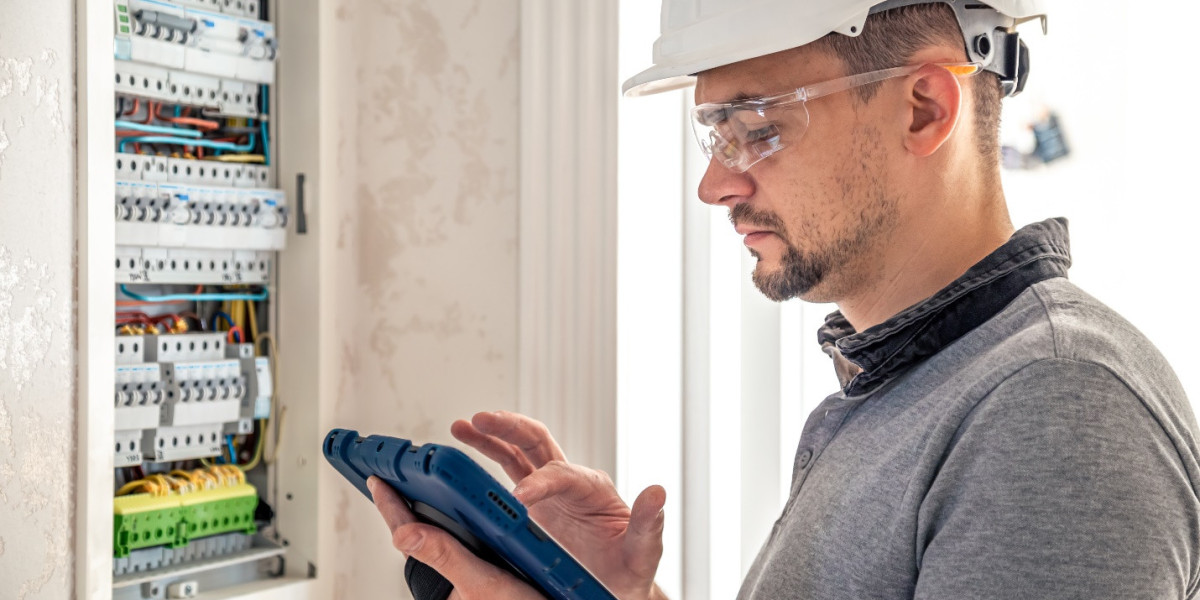When it comes to electrical projects, accurate cost estimation is crucial. Whether you're an electrician bidding on a job or a homeowner planning a DIY electrical project, knowing how to calculate the cost of electrical items is essential.
Method 1: Unit Price Estimation
One common method for calculating electrical items is through unit price estimation. This approach involves assigning a cost per unit to various electrical components and then multiplying it by the quantity needed. For instance, if you need to install 20 electrical outlets, you would multiply the unit price for outlets by 20. Unit price estimation is relatively straightforward and can provide a quick estimate for a project.
However, this method has its limitations. It may not account for the specific requirements of your project, such as custom installations or unusual conditions. Moreover, unit prices can vary significantly depending on location and market conditions, making it less accurate in some cases.
Method 2: Detailed Takeoff
For more accuracy in your electrical estimation, a detailed takeoff is a preferred method. This involves creating a comprehensive list of all electrical items needed for the project, down to the smallest details. This includes outlets, switches, wiring, circuit breakers, and more. Each item is specified in terms of quantity, type, size, and any additional features.
Once you have a detailed list, you can obtain precise pricing from suppliers or use historical cost data to estimate the project's total cost. This method is time-consuming but provides a highly accurate estimate tailored to your specific project requirements.
Method 3: Software and Electrical Estimation Tools
In today's digital age, there is a wide range of electrical estimation software and tools available. These tools can streamline the estimation process and help ensure accuracy. They often come with databases of electrical items and their associated costs, making it easier to create detailed takeoffs and calculate costs.
Using software or estimation tools can save you time and reduce the risk of errors in your calculations. Many of these tools also allow you to adjust prices based on location and market conditions, enhancing accuracy.
Choosing the Best Method
The method you choose for calculating electrical items depends on the nature of your project and your level of expertise. For simple projects with well-defined requirements, unit price estimation may be sufficient. However, for larger or more complex projects, a detailed takeoff or the use of electrical estimation software is highly recommended.
When considering your options, it's essential to prioritize accuracy and the specific needs of your project. Electrical projects involve potentially hazardous elements, and cutting corners on estimation can lead to safety issues and cost overruns down the line.
The Role of Electrical Estimation in Project Success
Estimating electrical items is not just about cost; it plays a significant role in the overall success of your project. Here are a few reasons why accurate estimation is crucial:
Budget Management
Accurate electrical estimation helps you create a realistic budget for your project. When you have a clear understanding of the costs involved, you can allocate funds appropriately and avoid unexpected financial strain during the project's execution. This budget management is vital for both homeowners and contractors.
Project Planning
Estimation is an integral part of project planning. It allows you to determine the scope of work, order materials in advance, and schedule labor resources effectively. Proper planning based on accurate estimates ensures that your project progresses smoothly and stays on track.
Risk Mitigation
Inaccurate estimates can lead to budget overruns and delays, increasing project risks. For contractors bidding on jobs, underestimating costs can result in financial losses. Homeowners may find themselves in a difficult situation if they run out of funds midway through a project. Accurate estimation helps mitigate these risks and ensures project success.
Compliance and Safety
Electrical projects often involve strict safety codes and regulations. Accurate estimation ensures that you have the right materials and equipment to meet these requirements. Failing to comply with safety standards can lead to dangerous situations, legal issues, and costly rework.
Client Satisfaction
For contractors and professionals, delivering projects within budget and on time is crucial for maintaining a good reputation and satisfying clients. Homeowners, too, benefit from accurate estimates as it ensures they get the expected results without unexpected costs.
The Role of Electrical Estimation Software
As mentioned earlier, electrical estimation software and tools have become invaluable resources in the field. They offer several advantages, including:
- Efficiency: These tools streamline the estimation process, saving you time and effort.
- Accuracy: They provide access to up-to-date pricing data and allow you to adjust costs based on location and market conditions.
- Consistency: Estimation software ensures that all aspects of the project are considered, reducing the likelihood of overlooked items.
- Professionalism: Using such tools can enhance your professional image, especially if you are a contractor or electrician bidding on projects.
Additional Considerations for Electrical Estimation
While we have discussed various methods and the importance of accurate electrical estimation, there are additional considerations that can further improve your estimation process:
1. Material Suppliers
Establishing relationships with reliable material suppliers can be a game-changer for your electrical projects. Suppliers often offer contractors or professionals discounts or bulk purchasing options, which can significantly impact your project's overall cost. Having a go-to supplier can also simplify the procurement process, ensuring that you get the materials you need when you need them.
2. Contingency Planning
No matter how accurate your estimation is, unforeseen circumstances can arise during a project. It's wise to include a contingency fund in your budget to account for unexpected expenses. This cushion can help you handle surprises without derailing the project or straining your finances.
3. Market Research
Market conditions can fluctuate, affecting the prices of electrical items. Keeping an eye on market trends and economic factors can help you anticipate potential price changes. This information can be especially valuable when using unit price estimation methods.
4. Regular Updates
For larger projects that span several months or even years, it's essential to revisit and update your estimates regularly. As the project progresses, your needs may change, and costs may fluctuate. Staying on top of these changes ensures that your budget remains accurate and realistic.
5. Consultation and Training
If you're new to electrical estimation or are taking on a more complex project, seeking guidance from experienced professionals or attending training programs can be beneficial. Learning from experts can improve your estimation skills and help you avoid common pitfalls.
Electrical Estimation: An Ongoing Process
Estimating electrical items is not a one-time task; it's an ongoing process that evolves with the project and market conditions. It requires attention to detail, continuous learning, and adaptability to ensure that your estimates remain accurate and your projects successful.
In summary, accurate electrical estimation is crucial for the success of your electrical projects, whether you're a professional or a homeowner. It involves choosing the right method, leveraging technology, building relationships with suppliers, and being prepared for unforeseen challenges. By following these best practices, you can ensure that your electrical projects are not only completed on time and within budget but also meet the highest standards of quality and safety.
If you want to get familiar How to Estimate Labor Costs for Electrical Projects, click [Here]
Frequently Asked Questions
1. What is electrical estimation, and why is it important?
Electrical estimation is the process of calculating the costs associated with electrical items and components for a project. It is essential because it helps you plan your budget, allocate resources, ensure project safety, and meet client expectations.
2. What are the common methods for calculating electrical items?
The common methods for calculating electrical items include unit price estimation, where costs are assigned per unit and multiplied by the quantity needed; detailed takeoff, which involves creating a comprehensive list of items with specific details; and using electrical estimation software to streamline the process.
3. How do I choose the best method for my electrical project?
The choice of method depends on the project's complexity and your specific needs. For simple projects, unit price estimation may suffice, while complex projects benefit from detailed takeoffs or electrical estimation software. Consider the level of accuracy required and your expertise when making a choice.
4. What role does accurate electrical estimation play in project success?
Accurate electrical estimation is critical for budget management, project planning, risk mitigation, compliance with safety codes, and ensuring client satisfaction. It affects every aspect of your project, from finances to safety.
5. Are there any additional considerations for electrical estimation?
Yes, several additional considerations can improve your estimation process, including establishing relationships with reliable material suppliers, having a contingency plan, staying updated on market conditions, regularly updating your estimates, and seeking consultation and training if needed.



